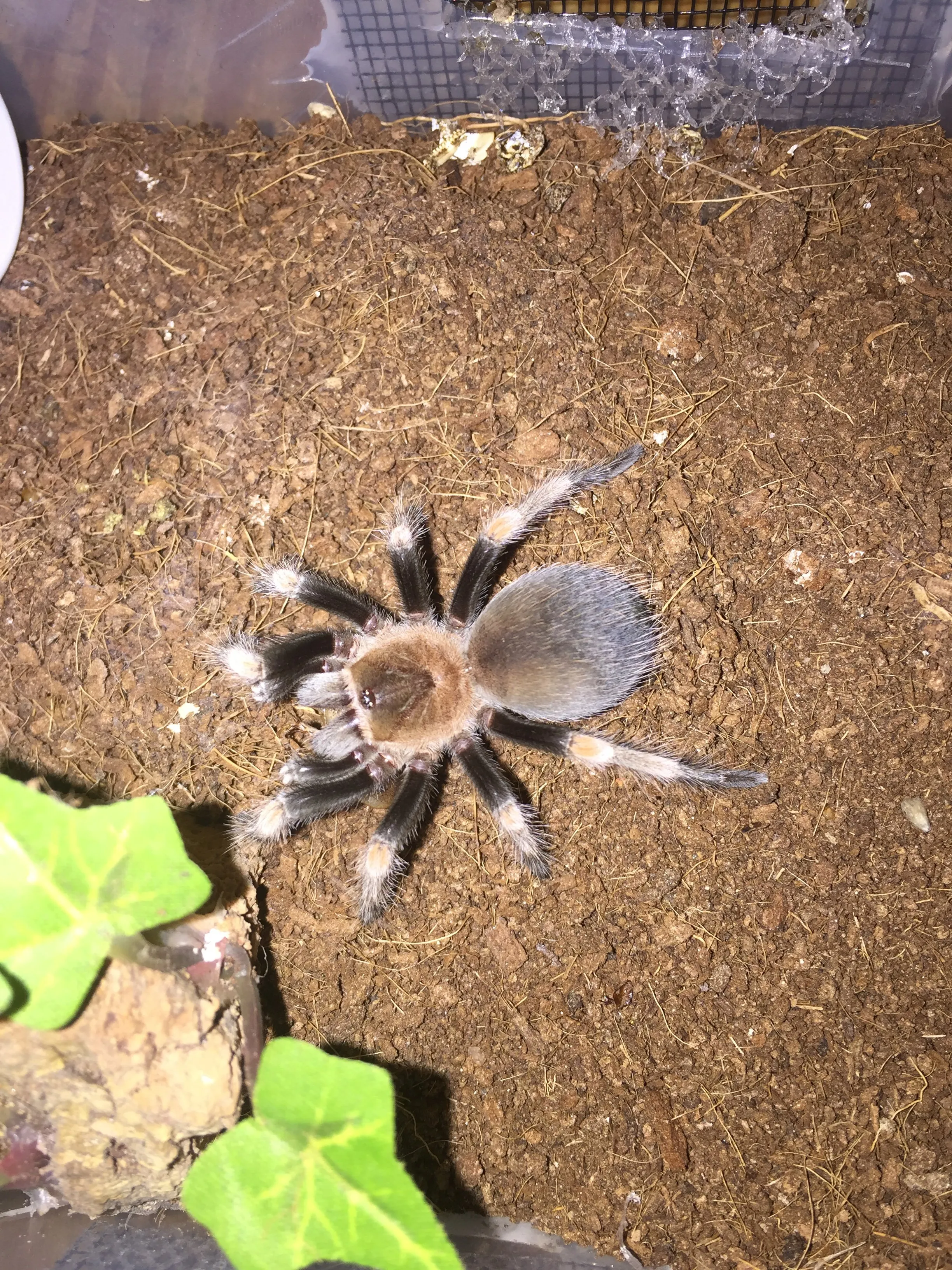Hamorii Tarantula Care Top 5 Tips!
The Hamorii tarantula, also known as the Baja California tarantula or the Mexican red-kneed tarantula, is a popular pet due to its striking appearance and relatively docile nature. However, providing proper care is crucial for its health and longevity. This guide offers five essential tips to ensure your Hamorii tarantula thrives in its captive environment. Proper care includes attention to the habitat, temperature and humidity, feeding, water, and handling. This guide simplifies the care, making it accessible for both beginners and experienced tarantula keepers. Following these tips will significantly increase the chance of a happy and healthy tarantula.
Tip 1 Provide the Right Habitat
Creating the right habitat is the cornerstone of Hamorii tarantula care. A well-designed enclosure mimics the tarantula’s natural environment, reducing stress and promoting healthy behavior. The size and setup of the enclosure, along with the choice of substrate, are essential factors to consider. A suitable habitat is important for your tarantula to feel safe and thrive. This will minimize stress and ensure the well-being of your Hamorii tarantula.
Enclosure Size and Setup
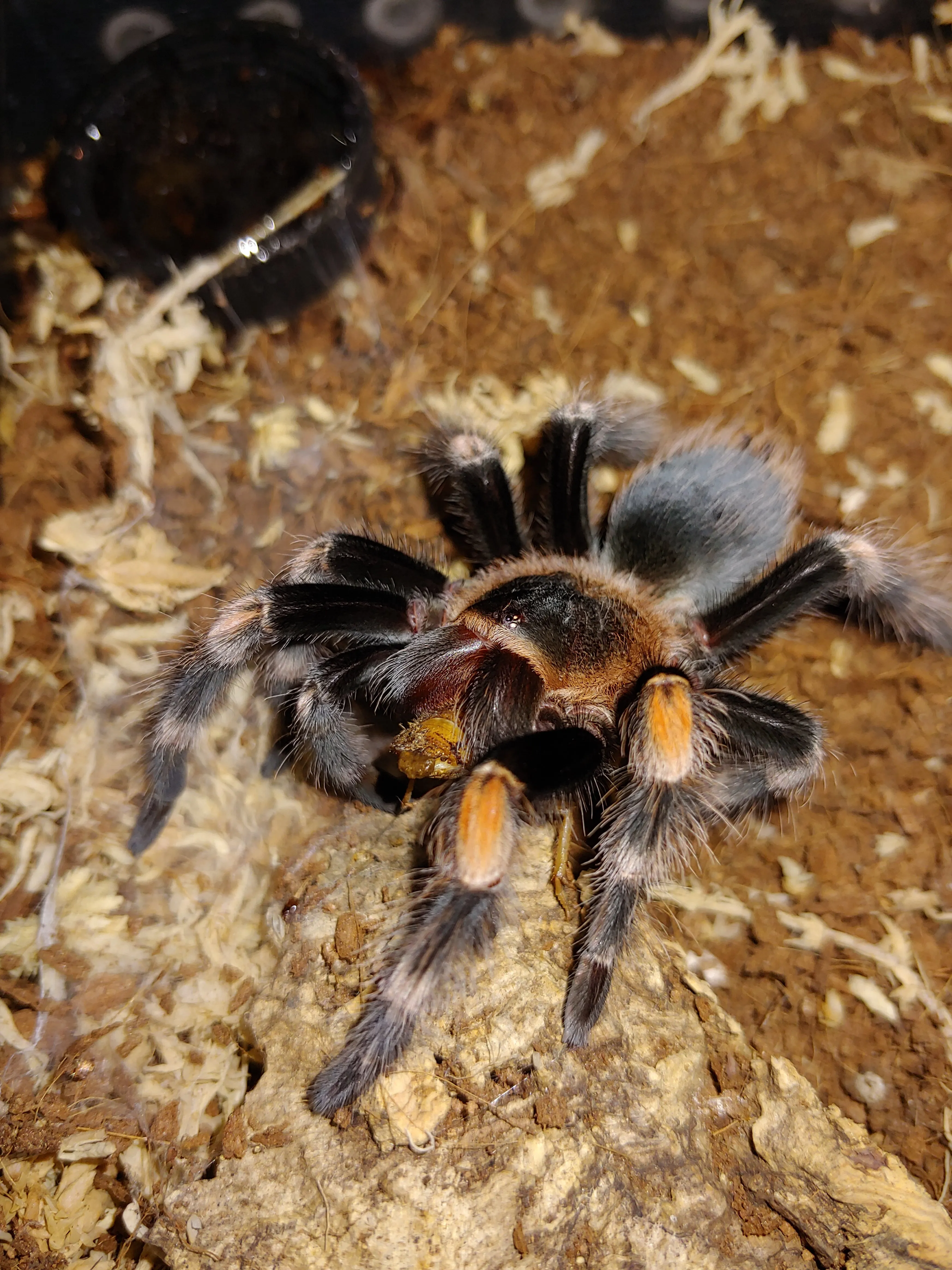
The enclosure size should be appropriate for the tarantula’s size. A general rule is to provide a space that is roughly twice the tarantula’s leg span in width and length. For a juvenile, a 5-10 gallon terrarium is often sufficient, while an adult may need a 10-20 gallon enclosure. The enclosure should include a secure lid to prevent escape. Provide adequate ventilation to prevent the buildup of stagnant air. The setup should include a hide, such as a piece of cork bark or a hollow log, for the tarantula to retreat to, offering a sense of security. Ensure the enclosure is placed in a location away from direct sunlight and drafts.
Substrate Selection
Substrate is the bedding material that lines the bottom of the enclosure. It serves several purposes, including providing a surface for the tarantula to walk on, helping to maintain humidity, and allowing the tarantula to burrow, if it chooses. Suitable substrates include a mixture of peat moss, vermiculite, and coconut fiber. Avoid substrates like sand or gravel, as these can be abrasive and difficult for the tarantula to maneuver in. The substrate depth should be deep enough to allow the tarantula to burrow. For juveniles, 2-3 inches is usually sufficient, while adults may need 4-6 inches.
Tip 2: Temperature and Humidity
Maintaining the correct temperature and humidity levels is vital for the health of your Hamorii tarantula. These factors influence the tarantula’s metabolism, molting, and overall well-being. Both high and low levels can cause issues. Regularly monitoring these parameters will help in creating an environment where your tarantula can flourish. Incorrect levels can result in dehydration, failure to molt properly, and potential health problems, so keep the environment well-regulated.
Ideal Temperature Range
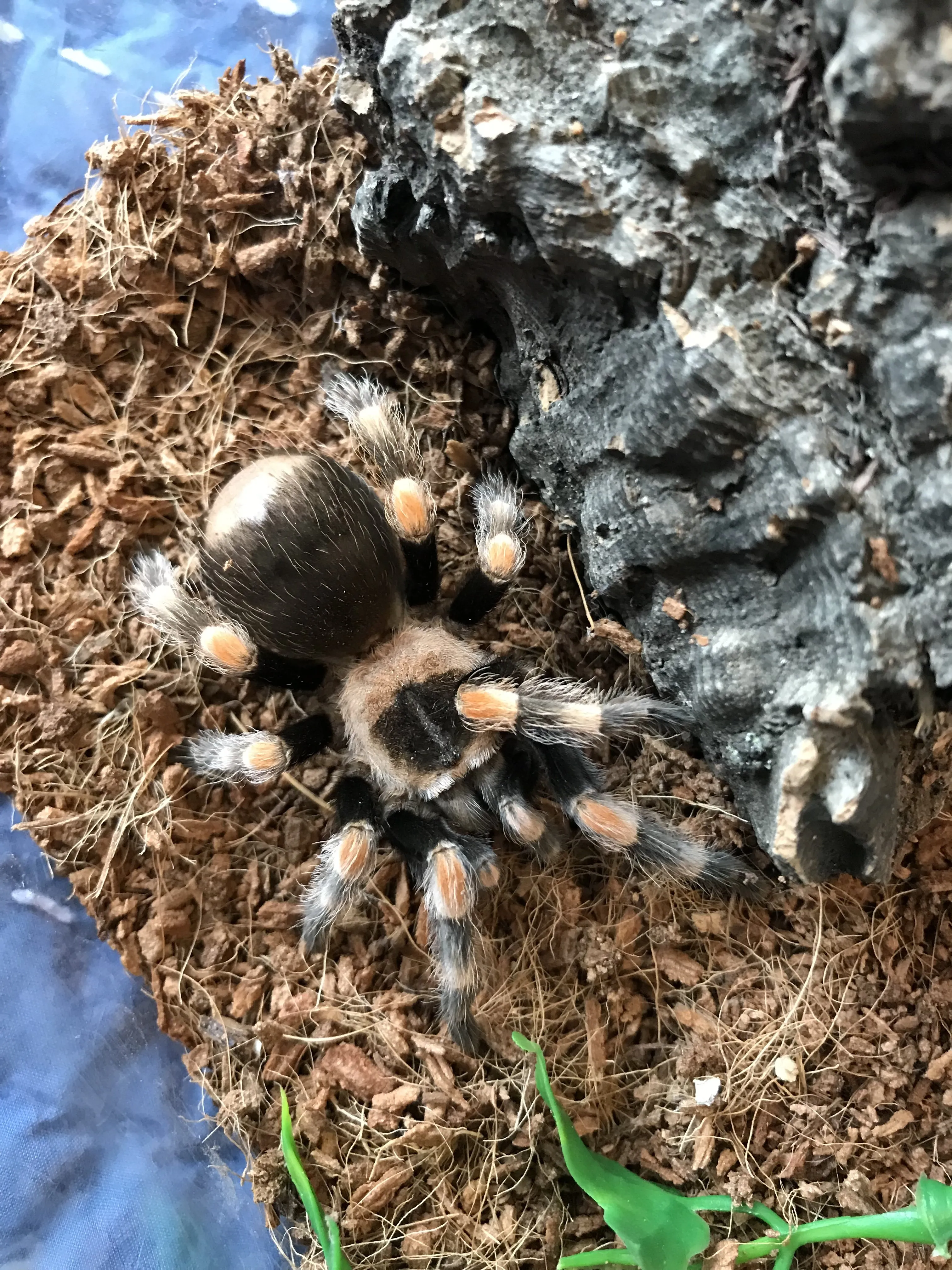
Hamorii tarantulas thrive in a temperature range of 75-85°F (24-29°C). Use a thermometer to monitor the temperature inside the enclosure. If the room temperature is consistently below this range, you may need to use a heat source, such as a low-wattage heat mat or a ceramic heat emitter. Place the heat source on the side of the enclosure, not underneath, to prevent the substrate from drying out too quickly. Ensure the heat source is regulated by a thermostat to prevent overheating.
Humidity Levels
The humidity level should be maintained between 60-70%. You can monitor the humidity with a hygrometer. To increase humidity, mist the enclosure with dechlorinated water once or twice a week. Ensure that the enclosure has adequate ventilation to prevent mold growth. The substrate should be slightly moist, but not soaking wet. Overly wet conditions can lead to fungal infections, while excessively dry conditions can cause molting problems. Adjust the misting frequency based on the humidity levels.
Tip 3: Feeding Your Hamorii
Feeding your Hamorii tarantula with the right food is essential for its growth, development, and overall health. Knowing the correct prey and the feeding frequency will help your tarantula stay healthy. A well-fed tarantula is a happy tarantula. Overfeeding and underfeeding can both cause issues. Providing the right prey and the right amount will promote a long and healthy life.
Appropriate Prey
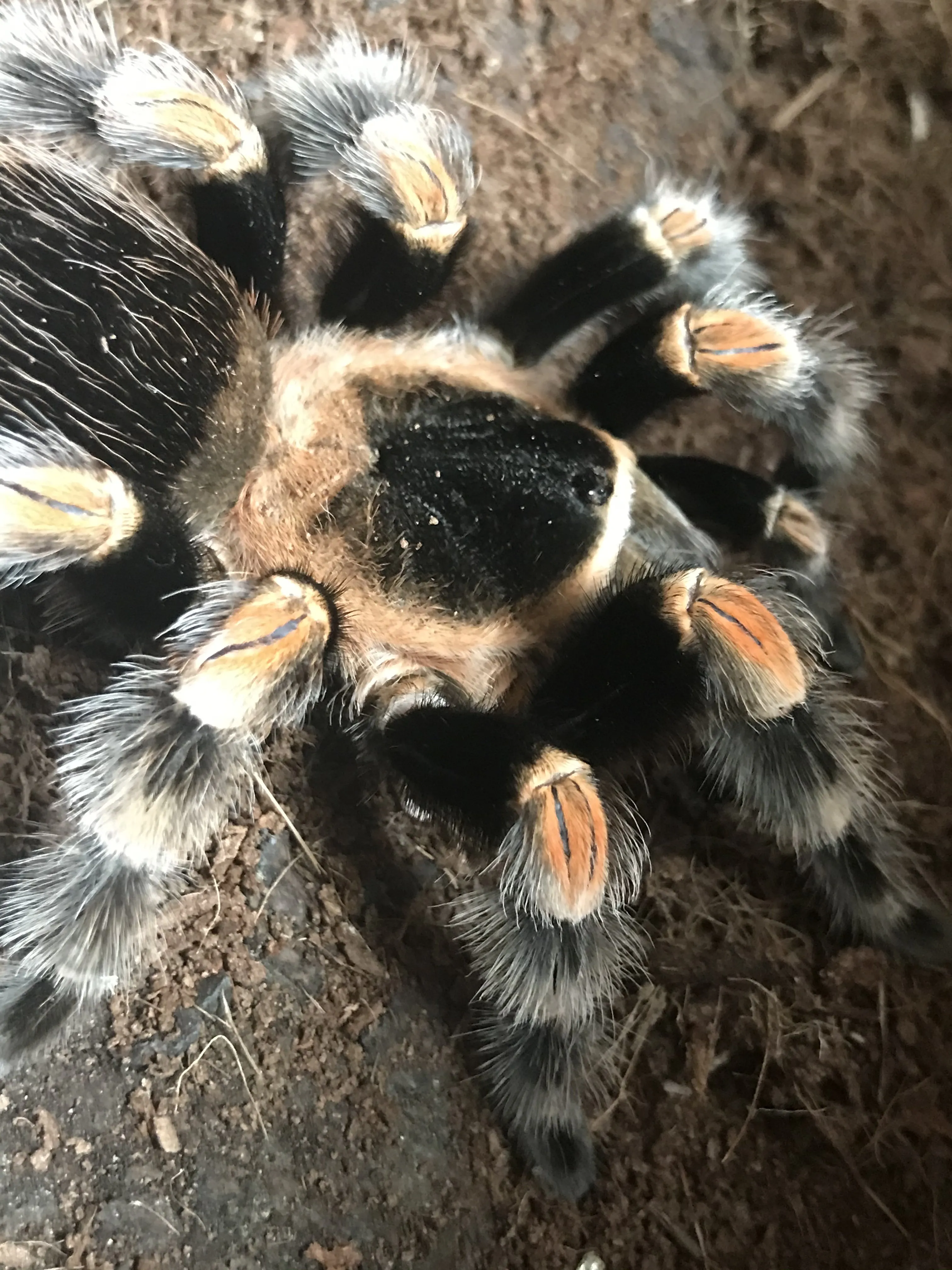
The primary food source for Hamorii tarantulas should be insects. Crickets, roaches, and mealworms are all suitable choices. The size of the prey should be appropriate for the tarantula’s size; the insect should be no larger than the tarantula’s abdomen. It is important to gut-load the insects with nutritious food, such as vegetables and commercial insect food, before feeding them to your tarantula. This ensures that your tarantula receives the necessary vitamins and minerals. Avoid feeding wild-caught insects, as they may carry parasites or pesticides.
Feeding Frequency
Feeding frequency depends on the tarantula’s age and size. Spiderlings can be fed two to three times a week. Juveniles should be fed once or twice a week. Adult Hamorii tarantulas can be fed once every one to two weeks. Remove any uneaten prey within 24 hours to prevent the tarantula from being disturbed. Adjust the feeding schedule based on the tarantula’s appetite and body condition. If the tarantula refuses food, it may be in premolt or not hungry.
Tip 4: Water and Hydration
Providing a clean water source and ensuring proper hydration are crucial aspects of Hamorii tarantula care. Tarantulas, like all living creatures, need water to survive and thrive. The correct water source will maintain your tarantula’s well-being. Adequate hydration supports important biological processes, including molting. This ensures your tarantula can live a long and healthy life.
Water Source
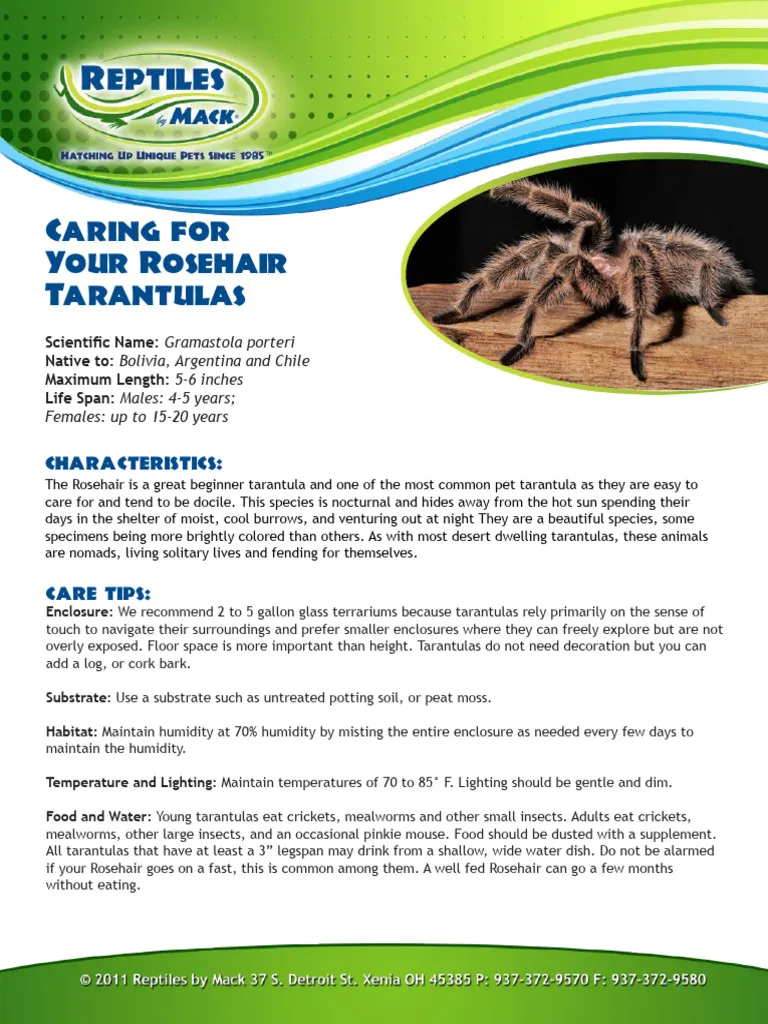
Always provide a shallow water dish with fresh, clean water. The water dish should be small enough to prevent the tarantula from drowning. Use a cotton ball or sponge in the water dish to provide a safe drinking surface for spiderlings. Clean the water dish regularly, at least once or twice a week, to prevent the growth of bacteria and mold. You can also mist the enclosure lightly with dechlorinated water for hydration.
Importance of Hydration
Water is essential for various bodily functions, including molting. Dehydration can lead to molting problems, such as the tarantula getting stuck in its old exoskeleton. Ensure that the humidity level is appropriate, and the water dish is always full. Regularly observe your tarantula for signs of dehydration, such as a shriveled abdomen. Providing a suitable water source and maintaining proper humidity is fundamental to a healthy Hamorii tarantula.
Tip 5: Handling and Safety
Handling your Hamorii tarantula should be done with caution and consideration. While Hamorii tarantulas are known for their relatively docile nature, they can still bite or flick urticating hairs as a defense mechanism. Understanding the handling precautions and safety measures will protect both you and your tarantula. Always observe the tarantula’s behavior and be prepared for any potential reaction. Handling should be minimized to avoid stressing the tarantula.
Handling Precautions
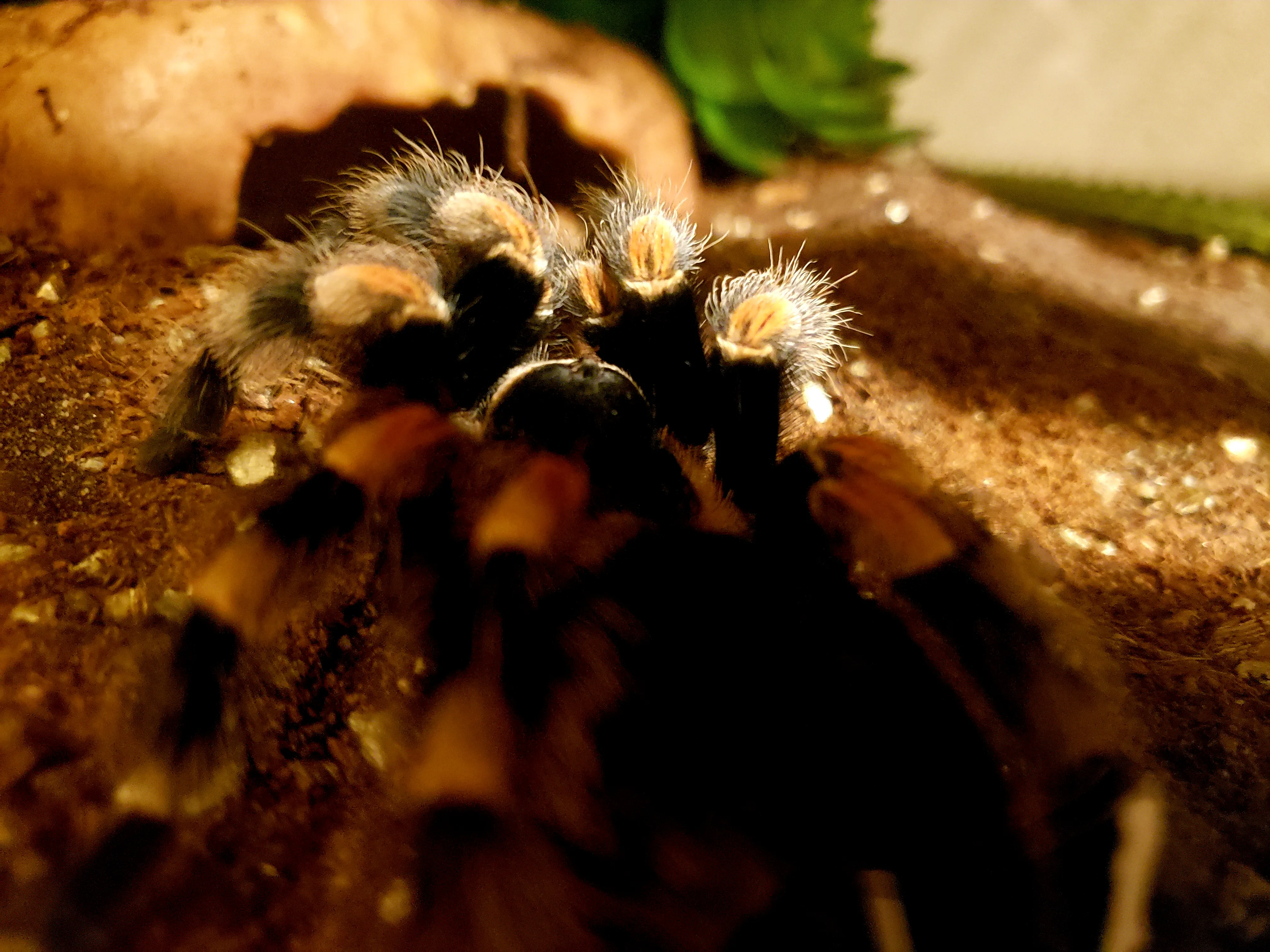
Handling should be done only when necessary, such as for enclosure cleaning or health checks. Avoid handling the tarantula if it appears stressed or defensive. Always wash your hands thoroughly before and after handling. Handle the tarantula over a soft surface, such as a bed or a carpet, in case it falls. Never grab the tarantula; instead, gently coax it onto your hand. Be aware of the tarantula’s urticating hairs, which can cause skin irritation. Avoid contact with the eyes.
Safety Measures
Be mindful of the tarantula’s potential defensive behaviors. If it raises its front legs or flicks its legs, it is a warning sign. If bitten, wash the area with soap and water and seek medical attention if necessary. If you get urticating hairs on your skin, rinse the area with plenty of water. Keep the tarantula’s enclosure secure to prevent escape. Supervise children when they are near the tarantula’s enclosure. Always prioritize the safety and well-being of both yourself and your tarantula.
In conclusion, caring for a Hamorii tarantula involves providing the right habitat, maintaining the correct temperature and humidity, feeding it appropriately, providing a water source, and handling it with care. By following these five tips, you can create a thriving environment for your tarantula, allowing it to live a long, healthy, and fulfilling life. Enjoy the unique experience of owning and observing these fascinating creatures.
